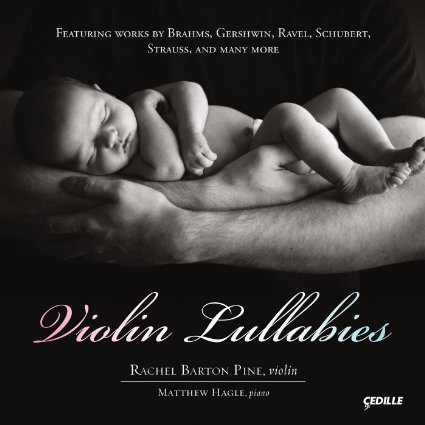
In 2011, Music Director Alan Gilbert and the New York Philharmonic marked the tenth anniversary of the September 11, 2001 terrorist attacks with a free “Concert for New York” at Avery Fisher Hall. The program featured Gustav Mahler’s Symphony No. 2 “Resurrection,” a piece which opens with an anguished funeral march and culminates in a moment of ultimate transfiguration. In the final bars of the fifth movement, the traditional orchestra is suddenly augmented by the all-encompassing power of a pipe organ and a final proclamation rises up from the chorus:
Die shall I in order to live.
Rise again, yes, rise again,
Will you, my heart, in an instant!
That for which you suffered,
To God will it lead you!
Mahler’s deeply psychological music was ahead of its time. Largely misunderstood by audiences during the composer’s lifetime, it wasn’t until the mid to late twentieth century that the music began to resonate fully with audiences. Now we collectively turn to this music in times of grief and confusion. “If a composer could say what he had to say in words, he would not bother trying to say it in music,” said Mahler. Transcending literal meaning, Mahler’s music communicates ultimate and eternal truth.
Coincidentally, the New York Philharmonic’s performance came within months of the hundredth anniversary of Mahler’s death in 1911. In many ways, Mahler’s music is infused in the orchestra’s DNA. In the final years of his life, Mahler served as the New York Philharmonic’s music director (between 1909 and 1911). His exhausting battles with the Philharmonic’s (at that time) small-minded and provincial leadership have been well-documented. Later, as music director of the New York Philharmonic, Leonard Bernstein passionately championed Mahler’s works.
We’ll return to Mahler’s Second Symphony in greater detail in a future post. For now, here are a few musical snapshots from the Philharmonic’s 2011 concert. The first movement, Allegro maestoso, opens with a ferocious snarl which immediately demands our attention. The strings make an opening statement and then the woodwinds enter with the next layer of this long musical narrative. We hear the searing, mocking sounds of muted trumpets and horns. The Dies Irae (the Latin chant representing the “Day of Wrath”) surfaces briefly. The movement climaxes with a shockingly dissonant fortissimo (14:46), which anticipates the sounds of the twentieth century. There are also moments of otherworldly beauty and repose. But we keep getting pulled back to the funeral procession with a musical voice which says, “Don’t forget me! I’m still here!” There’s something slightly unsettling about the sudden and unpredictable way the music alternates in mood in this big, unfolding cosmic battle.
At one point in this performance the audience, which seems sincerely engaged in the music, begins applauding, apparently mistaking a powerful climax for the movement’s end. Seasoned concertgoers might frown on applause between movements, especially during the long, dramatic arc of a Mahler symphony. But this applause also seems to suggest that there were audience members in the hall who were hearing this piece for the first time, making the New York Philharmonic’s gift to their community even more special.
https://youtu.be/RrBVl7UyDFc
The Second Symphony’s fourth movement, Urlicht (“Primal Light”) originated in Mahler’s song cycle Des Knaben Wunderhorn (“The Youth’s Magic Horn”). It moves into the remote key of D-flat major, far from the Symphony’s principal keys of C minor and E-flat major:
https://www.youtube.com/watch?v=qNELRxxPX-o
This excerpt from the final movement begins with a solemn statement of the Dies Irae in the trombones and unfolds into a triumphant moment of exultation. Mahler’s score occasionally asks wind players to raise their instrument’s bell above the music stand to increase the volume and direct intensity of the sound. In this clip you’ll see the horns raise their bells:
[unordered_list style=”tick”]
- Find the complete “Concert for New York” on iTunes, Amazon
- Hear Claudio Abbado’s 2003 performance with the Lucerne Festival Orchestra
[/unordered_list]

